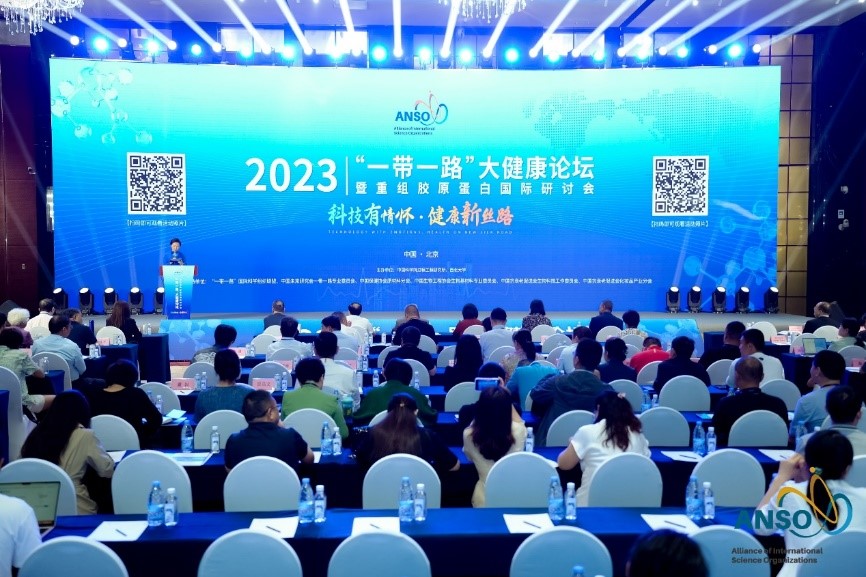Further reduction in capacity, leverage necessary: experts

A worker checks on a furnace at a steel plant in Liuzhou, South China's Guangxi Zhuang Autonomous Region on October 26. (Photo by IC)
Major private steel companies' profits soared in the first nine months of 2017, buoyed by capacity reductions and the exit of "zombie" producers.
But experts said steel companies should continue to reduce capacity and leverage.
In the first nine months of the year, 145 major private steel enterprises, whose output accounts for 80 percent of the entire private steel sector, achieved profit of 932 million yuan ($140 million), up by 225 percent year-on-year, the Beijing-based Economic Information Daily reported on Tuesday, citing data from the China Chamber of Commerce for Metallurgical Enterprises.
The gains in profit reflect lower costs for environmental protection and employee compensation, among other factors, Li Xinchuang, president of the China Metallurgical Industry Planning and Research Institute, told the Global Times on Tuesday.
According to the National Bureau of Statistics (NBS), the profits of the entire domestic ferrous metal smelting and rolling processing industry - including State-owned enterprises (SOEs) - reached 241.34 billion yuan during the first nine months of 2017, up 118.5 percent year-on-year. This means that in the steel industry, private companies far outpaced the State-owned enterprises in profit growth.
"The profits for private steel firms were high because they face lower costs in environmental protection and labor than SOEs do," Li pointed out.
Wang Guoqing, research director at the Beijing Lange Steel Information Research Center, said that "private steel companies tend to be more flexible in cost controls and setting prices, even if they don't have the same level of professionalism and scale as the SOEs."
The entire steel industry can be cautiously optimistic, but there is still room for further improvement, Li noted.
Steel prices are up about 40 percent from the same time last year, mainly because substandard steel bars have been phased out of the market and "zombie companies" have been eliminated in the capacity reduction drive, Wang told the Global Times on Tuesday.
"Previous demand for substandard steel bars in China's rural areas and towns totaled about 60 million to 70 million tons per year. Now demand from those areas is being met by qualified steel companies, which boosts their production," Wang said.
She added that some steel companies have postponed maintenance on furnaces to keep producing amid high profits.
Gaining from a stronger-than-expected global economic performance and steady domestic economic development, China's steel output has grown quickly this year, Xinhua News Agency reported on Monday.
Crude steel production was 710 million tons from January to October, up 6.1 percent year-on-year, data from the NBS showed. But growth is expected to slow next year, experts forecast.
Output is forecast to grow just 0.7 percent to 838 million tons in 2018, the China Metallurgical Industry Planning and Research Institute said on Monday, with demand basically flat with this year's 730 million tons.
Steel companies need to continue cutting overcapacity, reducing excess inventory, deleveraging, lowering costs as well as strengthening their areas of weakness, according to Li.
Environmental issues might force some companies to relocate. Many companies also need to improve the quality of their products and the competence of their management, Li said.
"In 2018, more work will be carried out to deleverage. Currently the leverage ratio for the membership enterprises of CISA are as high as 69.6 percent. Obviously, we have a long way to go for deleveraging," Li concluded.
In November, the nation's total inventory of iron and steel products was 8.43 million tons, down 5.5 percent month-on-month, according to data released by the China Iron and Steel Industry Association on November 27.
"We need to maintain price stability to make sure that steel producers can improve their competitiveness, meet domestic and export demand as well as facilitate sound development in the downstream industries," Li said.
The iron and steel industry will be more energy-efficient and less polluting, with higher quality and more diversified products, according to Li.
(Source: Global Times)
 Search
Search




 京公网安备110402500047号
京公网安备110402500047号